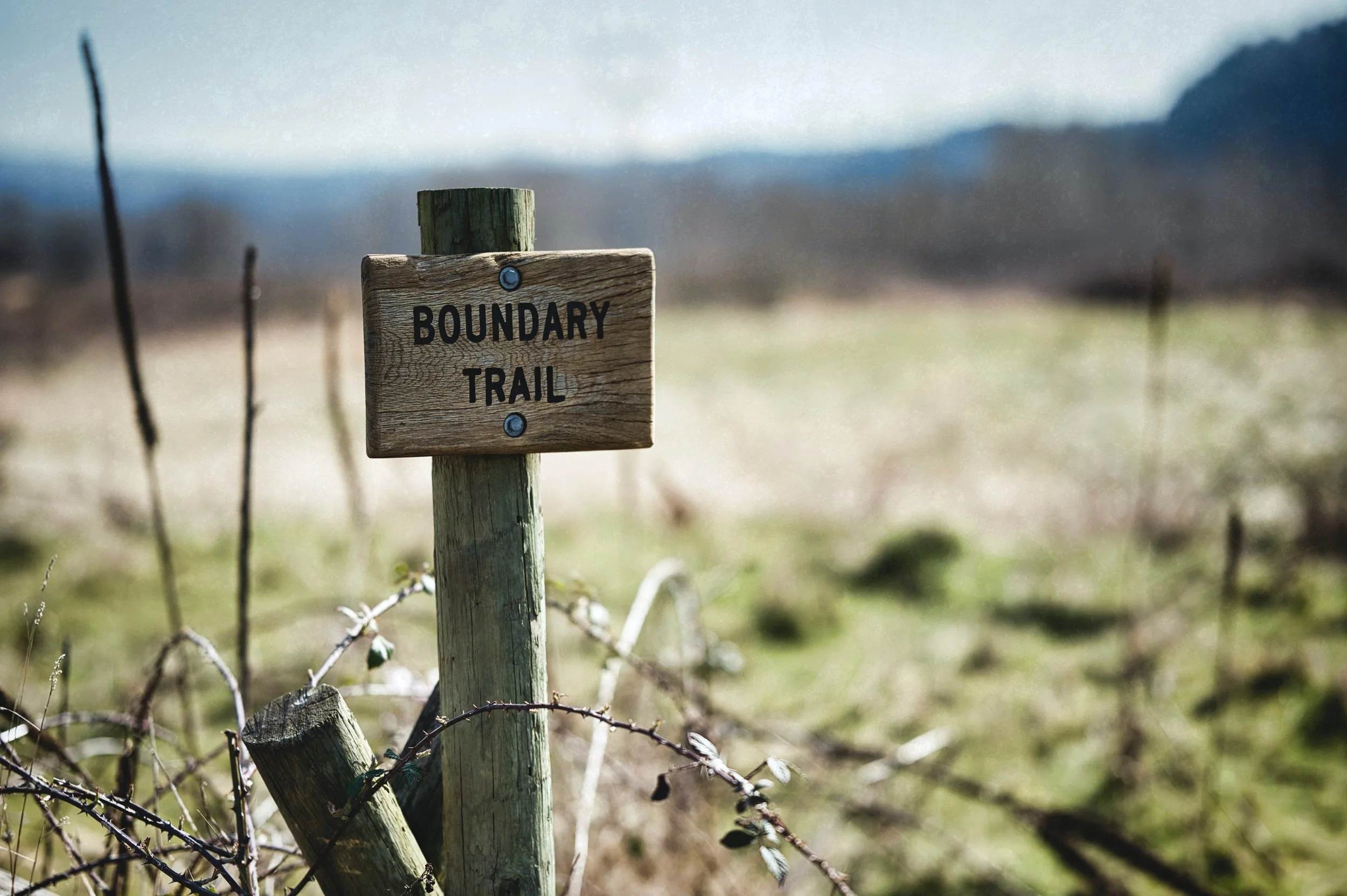Setting Boundaries
During the 2020 lockdown a friend of mine was describing her days like this:
“In the morning, I roll out of bed to check emails on my phone first thing. After a quick shower, getting dressed, making sure that everyone has been fed, I am on my first Zoom call in the time slot where I would normally be picking up coffee and getting on the subway! With a calendar full of back-to-back online meetings, I barely find time for lunch these days, and I find myself being stuck on the laptop all day until it is time for dinner and back online once the kids have gone down. My boss keeps telling me to take care of myself (while we are all watching her and the whole management team completely busting themselves!)”
Like me, I am sure you all recognize the scenario, and each have your own Covid tales to share. My purpose for sharing her story, however, is not so much to paying attention to the tremendous strain the pandemic has been and still remaining to be for many. What is currently interesting to me, is to understand how these circumstances are influencing our personal balance and wellbeing in a present and future perspective.
The list of things Covid has impacted is long and will keep expanding for years to come.
But what I am currently noticing is that:
The dynamics of social interaction and in-person behavior have changed and are governed by different criteria and interests.
The increase in online work and virtual interaction have caused existing rhythms with routines to change significantly
Hybrid work space models rely on more nuanced procedures and require a different kind of leadership
Increased attention to health and safety impacts the general opinion and focus on individual circumstances and personal demand
A growing number of people seem to prioritize their personal wellness and thrive (the “Great Resignation” in the US and other parts of the word being one example)
As we are still in the process of figuring out “life in the hybrid,” a lot is falling upon the individual to work out on their own. Ironically, none of us can do much entirely by ourselves. As a matter of fact, we all rely on the private and professional communities we are part of.
So, while embracing the introductions of more flexible models, like the 4-day workweek and technology supporting the flexible workspace, paying attention to one's personal boundaries is more important than ever.
Boundaries can be defined as the limits we set towards other people, indicating what we find acceptable and unacceptable in their behavior towards us. The ability to know our boundaries generally comes from a healthy sense of self-worth and knowing what we are physically and emotionally capable of.
We know from science that there is a strong correlation between self-awareness and the practice of self-care with the ability to prevent burnout and stress. And although they sometimes seem to surface quite suddenly, we know that burnout and stress are often underway for years as a result of old patterns and habits.
Knowing our boundaries and setting them can be two very different challenges. Setting boundaries does not always come easily and is often a skill that needs to be learned. From Psychology, we know that a large part of our social learning comes from modeling the behavior of other people.
Reflecting on how different leaders have been modeling self-management, my own example as a people manager, and the way I have carried out my role as a mother, I see a mixture of good and bad. And when it comes to my own boundaries, I am still in the process of learning how to consult my inner voice and get clear on my own priorities.
Henry Ford once said: “If you always do what you've always done, you’ll always get what you've always got.”
Self-awareness is necessary to understand what is important to us, just as we need courage to share this with other people. But old and dysfunctional patterns can’t be replaced unless we also introduce some kind of change.
Setting boundaries is challenging to most of us due to an inherent fear of disappointing other people and making them think less of us. Sometimes being a bit of a “people pleaser” myself, I therefore found The Power of a Positive No by William Ury helpful. His thinking not only helped me become more aware of my “default” responses in many situations. It also provided me with a different perspective on saying “No” to clarify my limits.
What Ury made me realize was that by specifying what you don’t want, you do get to:
Create what you want
Protect what you value
Change what no longer works
So, when circling back to my initial reflections on the design of new routines and ways to prevent imbalance in the hybrid, you might want to ask yourself (and perhaps your colleagues at work) three questions:
What is currently working? What do you want to continue doing?
What does not? What do you want to stop doing?
What do you want more of? What would be helpful to start doing?
But hey! You do you! And whatever you choose, I am wishing you the very best!
Love,
Sille

